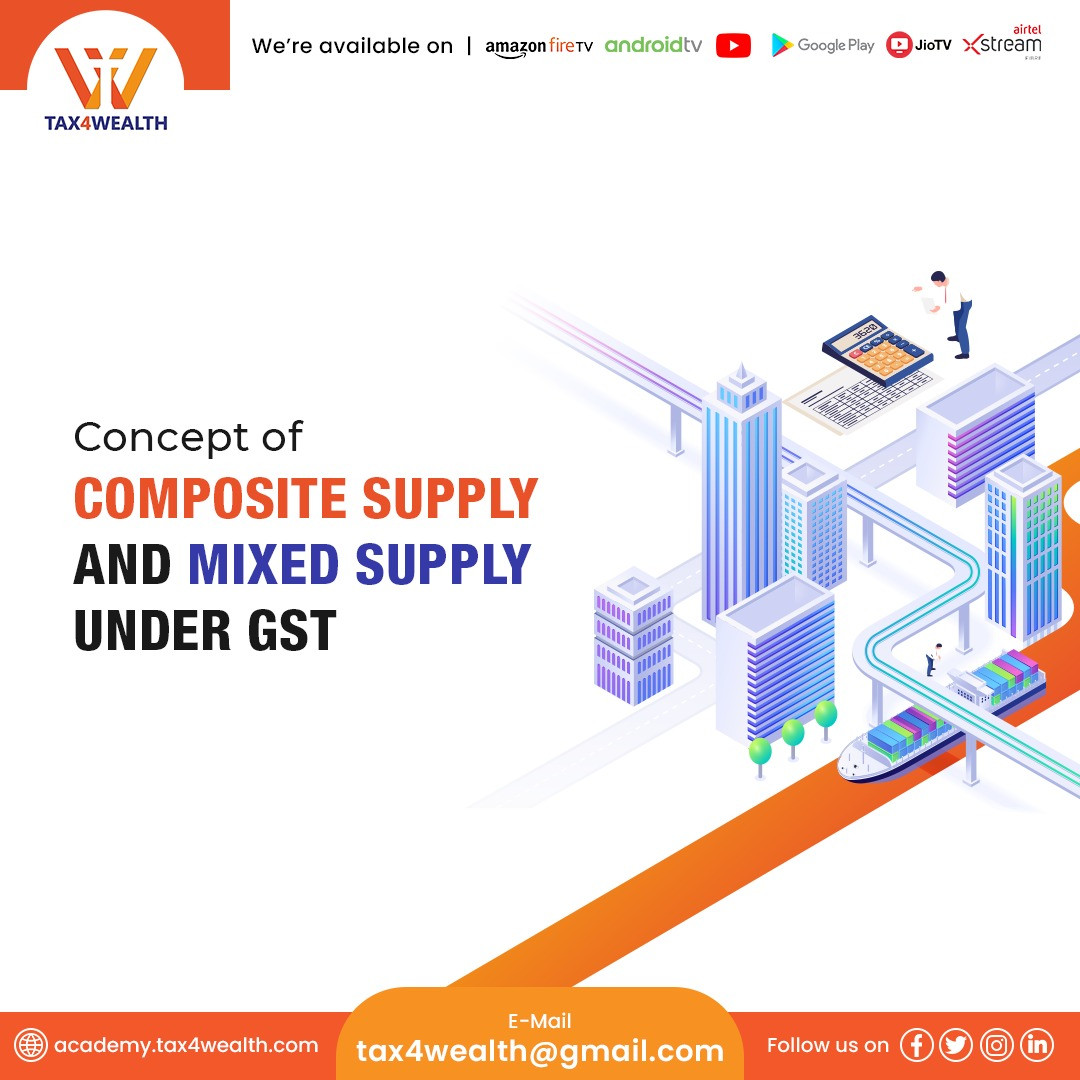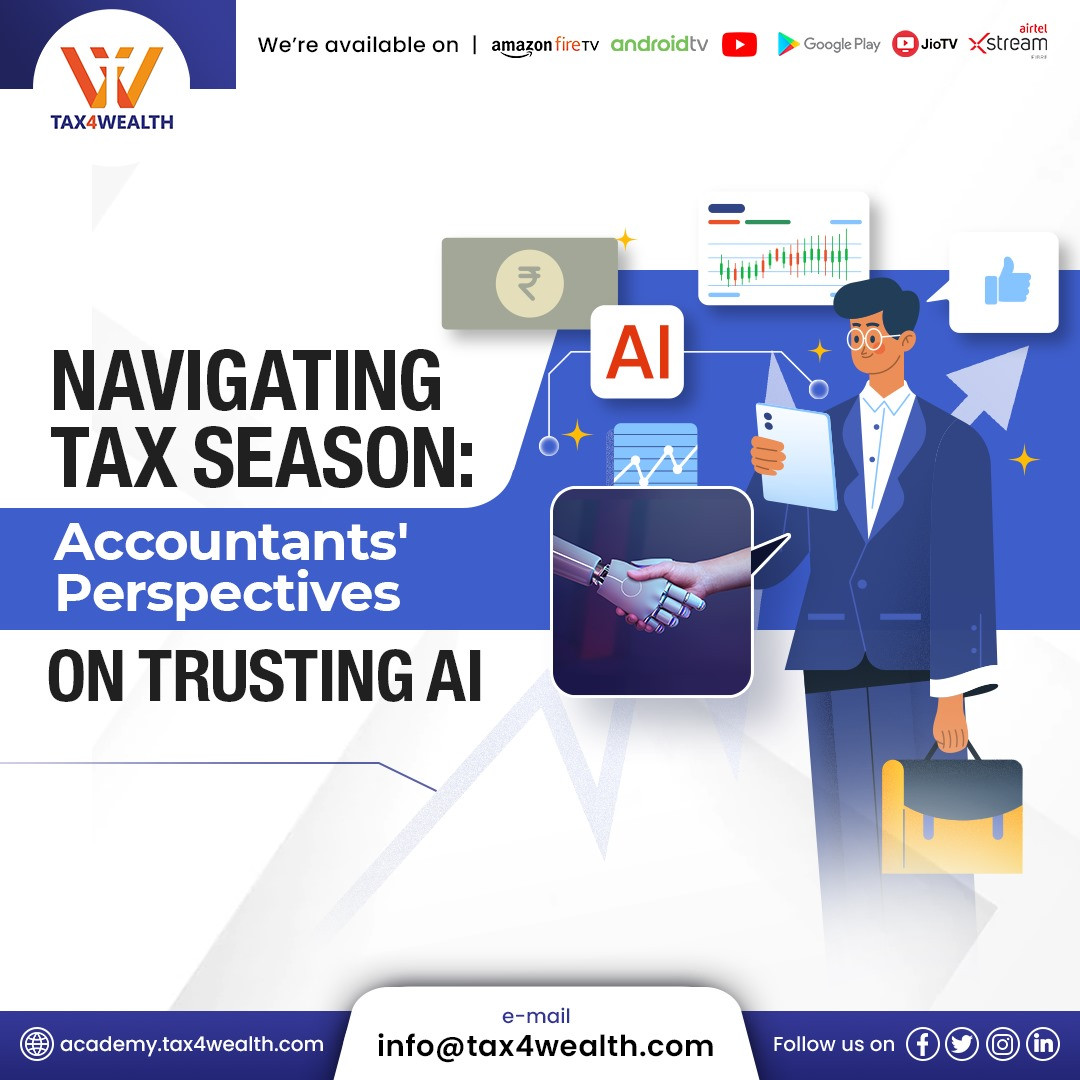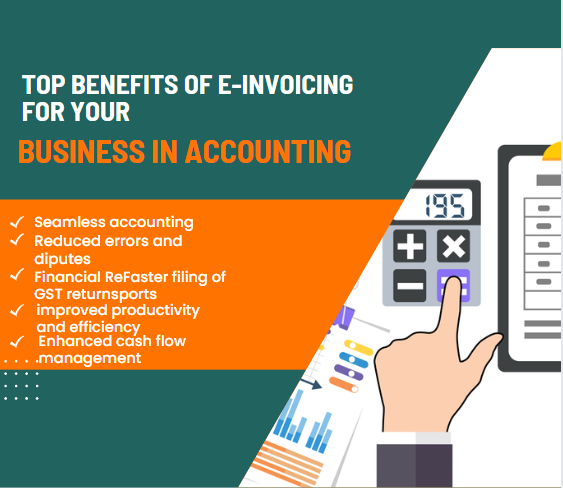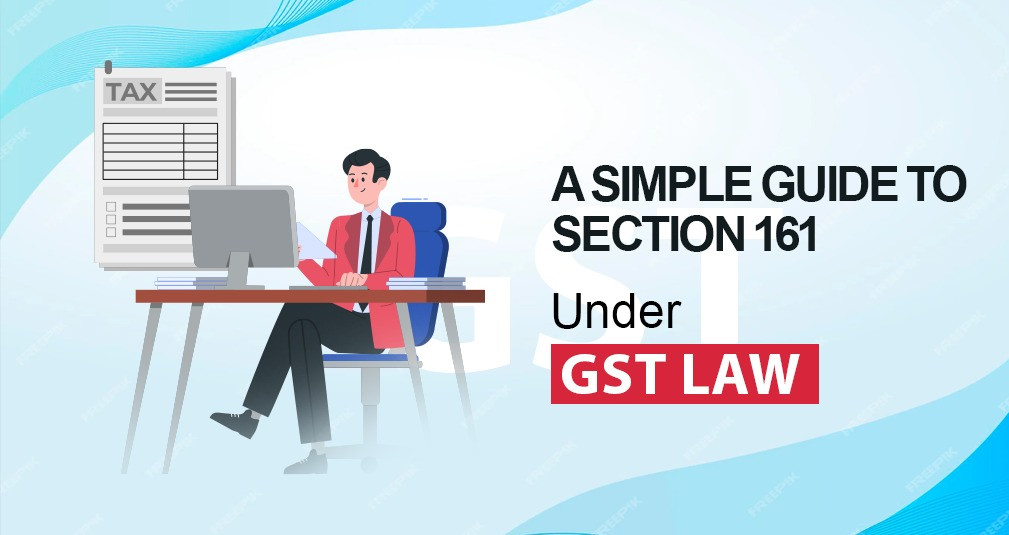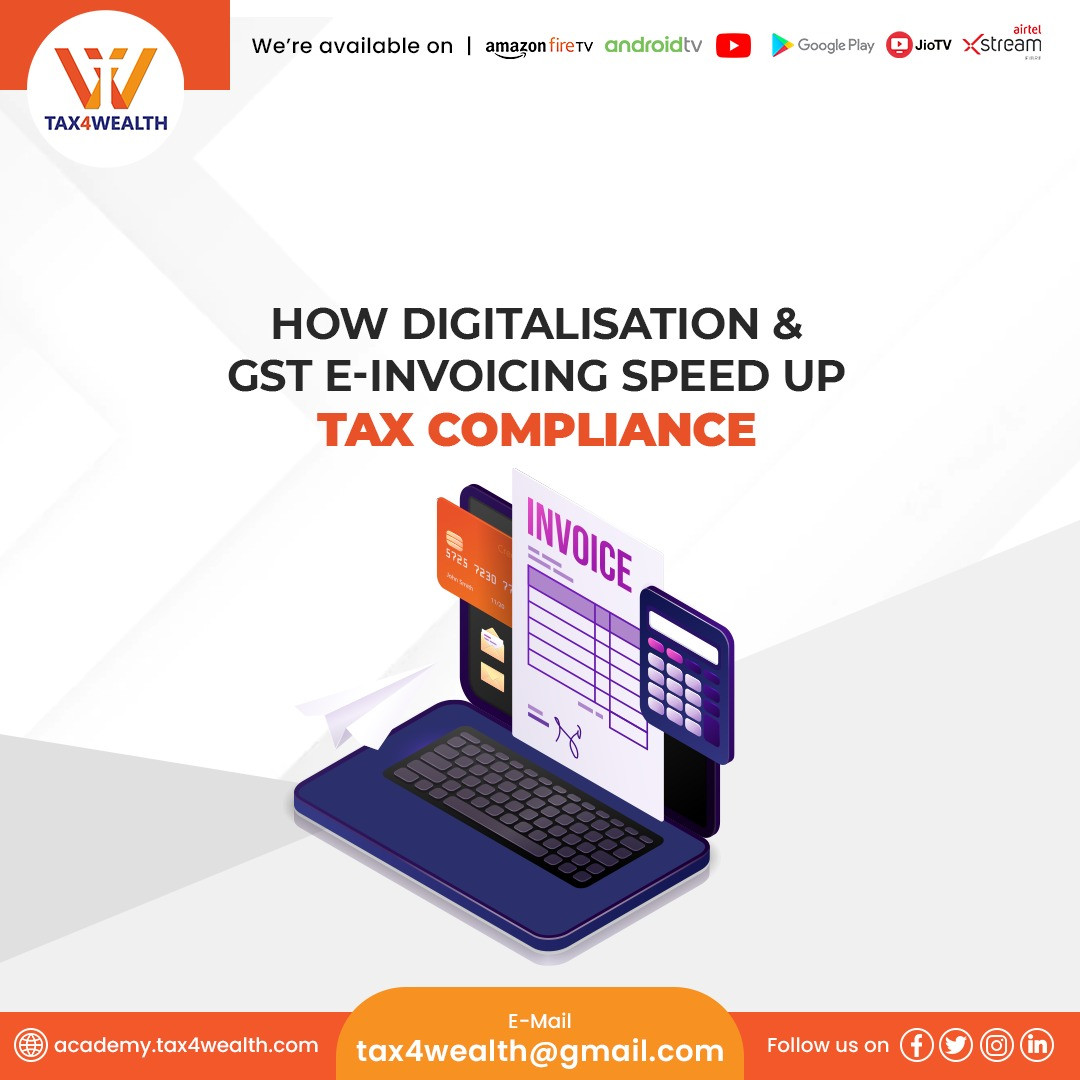
How Digitalization and GST e- Invoicing Speed up Tax Compliance
The GST system was implemented 5 years ago to solve the prior challenges of double taxation, low tax base and collection, and ease of conducting business with the simpler tax structure. People have witnessed GST navigation battling with most of the problems.
Document management has undergone a shift from the era of pre-authenticated excise bills to e- invoices and real-time reporting of transactions under GST. Technology was very important in this.
The main goal of implementing GST was to automate tax compliance to simplify the procedure and increase tax revenue. The implementation of the GST in July 2017 would have brought about better advancements.
Let’s consider the problems the tax administration has encountered and the discrepancy between the predicted GST income and the actual amount received like how we could think about real-time reporting and e-invoicing.
The aforementioned disparity may be due to administrative mistakes, inaccurate reporting, and tax fraud. To stop the leakage, several actions would have been taken, including e-way bill relevant checks in the transportation and notices on the discrepancy in the provided information towards returns.
The goal of implementing GST was to automate tax compliance to streamline operations and increase tax revenues. GST has seen historic achievements in digitization since its inception in July 2017, as indicated below.
1. July 2017 – Introduction of GST:
-
Monthly GST returns filing with transaction outward data.
-
Input Tax Credit Reconciliation (ITCR)
Click here: An Overview of GST- Goods and Service Tax
2. April 2018 – Introduction of E-waybill:
E-waybill to be generated for notified transactions before the despatch of goods.
3. 2019 – Automated Refund Workflow:
4. October 2020 – Introduction of e-invoice:
- E-invoice for taxpayers with turnover above INR 500 Crores.
- B2B and export transactions
- Digitally signed payload to be obtained from the Government System on a real-time basis (IRN, QR code).
5. January 2021 – Next wave of e-invoice:
- E-invoice for Taxpayers with turnover above INR 100 Cr.
- Auto population of returns
6. October 2021:
Dynamic QR for B2C Invoices for Taxpayers with turnover above INR 500 Cr.
7. 2022 :
- Mandatory matching with 2B for availing credits.
- E-invoice for Taxpayers with turnover above INR 10Cr.
On October 1, 2020, e-invoices were launched since it was not good to find and eliminate tax evasion and make the activities effective by pursuing paper trails. Additionally, a central de-duplication facility has been launched to ensure that the same transaction is never recorded twice. It would cost money to connect with the GST e-Way bill system for the sole purpose of reporting common data.
Also, Read; Unblocking of E-Way Bill Generation Facility
When the epidemic strikes and the electronic invoice regimen is put into place in India by the government and businesses, considerably greater business flexibility will be seen in 2020. The Invoice Registration Portal (IRP), which was created for the validation and signing of the e-invoicing and GST return portal, transaction reporting, and GST return filing, was tested through the introduction of e-invoicing and interoperability between two government portals.
The efficient fusion of real-time reporting and e-invoicing has also commoditized the communication of invoice information across various firms.
There will be a significant improvement in the real-time reporting and monitoring of the GST collections with the progressive implementation of e-invoice (applicable starting on April 1, 2022, for firms with a yearly turnover limit of US$27,000 or INR 200 million).
To provide assesses with a simpler GST e-invoice creation experience by June 2022, the government will have allotted 5 new invoice registration portals (IRPs).
1. Providing Tax Information to Authorities:
Mentioned that Digital Tax Administration (DTA) would have gained increased relevance in the multi-registration system in which enterprises currently operate. The tax administrators would use a centralized system to make it easier for states to communicate information on the GST to effectively manage interstate commerce and maintain tax consistency.
The innovative Goods and Services Tax Network (GSTN), GST's IT infrastructure, provides a uniform platform for registration, return filing, and electronic payments. E-invoices are issued using an authorized invoice registration site (IRPs). The GSTN is utilized to provide a single IT platform to all GST stakeholders and merges the state and federal tax administration systems.
2. Quick Developments in the Digital Tax Administration (DTA):
The government is consistently investing in the creation of the framework that would enable data triangulation to make systems and procedures effective and efficient. For instance, it is now possible to compare the transactions reported on either platform thanks to the integration of the income tax and GST databases.
It would be possible to compare the data on Form 26AS to the GSTR-1 filings. Bill files are triangulated using the FASTag data e-way. Making Aadhaar authentication necessary will provide a single reference throughout the government's multiple databases. Data exchange with the buyer would change from real-time to real-time through the ITC, specifically in length.
Also, Learn; GST Return Filing Course With Practical Examples
The mechanism for being able to collect from the buyer would be made necessary by the need that the whole chain is compliant on a near real-time basis in the situation of the vendor who does not deposit the taxes or the transaction is not stated by the vendor. The full compliance quality will be revised in the same way. The requirement for e-invoices appears to be continuing to grow. By implementing network visualization across the nation, the government would increase the traceability of transactions made across multiple supply chains on the analytics side.
3. Communication in the GST E-invoice System is Proper:
The negotiations would focus on developing a peer-to-peer communication network in which the signed e-invoices may be transmitted to the other party under the guidance of the additional jurisdictions and the Peppol (Pan-European Public Procurement On-Line) network. The variations that would need to be noted are listed below:
- The customer obtained confirmation of receipt of the signed electronic invoice from the tax authority.
- Multiple enrolled invoice service providers would communicate with one another in a decentralized clearing scenario.
- The approval of the e-invoice would be documented by the customer before the same becomes a legitimate tax invoice.
- The customer decides and discloses any mistakes or mismatches on the e-invoice by requesting the credit not to repair the inaccuracies.
The conveyance of transaction-level information will become quicker and more complete with the usage of e-invoices. The same would automate the accounts payable procedures and eliminate the manual states that the assessors are now accustomed to carrying out. To provide the opposition with more specific information, the trade may include optional data in the policy.
Also, Read; What are the Consequences of issuing Fake GST Invoice
4. The B2C Invoices “Mera Bill Mera Adhikar Scheme”
The government is implementing a program to encourage residents and customers to request a real invoice from vendors, such as the “Mera Bill Mera Adhikar” plan (particularly for those who cater predominantly to the B2C market). The plan states that B2C invoices will be immediately alerted on the specified government portal for the buyer to select a reference number.
The reference number can function for the buyer as a lottery number, with the winner being chosen at random at the end of the period. The primary objective is to improve compliance quality.
5. Assessments that Need Action:
What do various GST changes signify for the assessments?
We must understand the key corporate information that will be affected by some of these events to learn the same.
- Dealing with the DTA
- Technology Tax
- Management Data
- Talent is all necessary to deal with the change in conditions.
- Tailoring Tax policies to the changing dynamics of technology and business.
- The danger to one's reputation as well as financial loss due to interest and penalties if a procedure fails.
The 3 previously mentioned 6 elements apply to dealing with technology, big data, and tax administration.
The key would be to direct efficient systems and procedures toward:
- Exception Management
- Analytics
- Record-keeping
- Reconciliations
- Engagement with Regulators
For more updates, Visit us at: https://academy.tax4wealth.com/blog
Related News
No comments yet, Be the first to comment.




